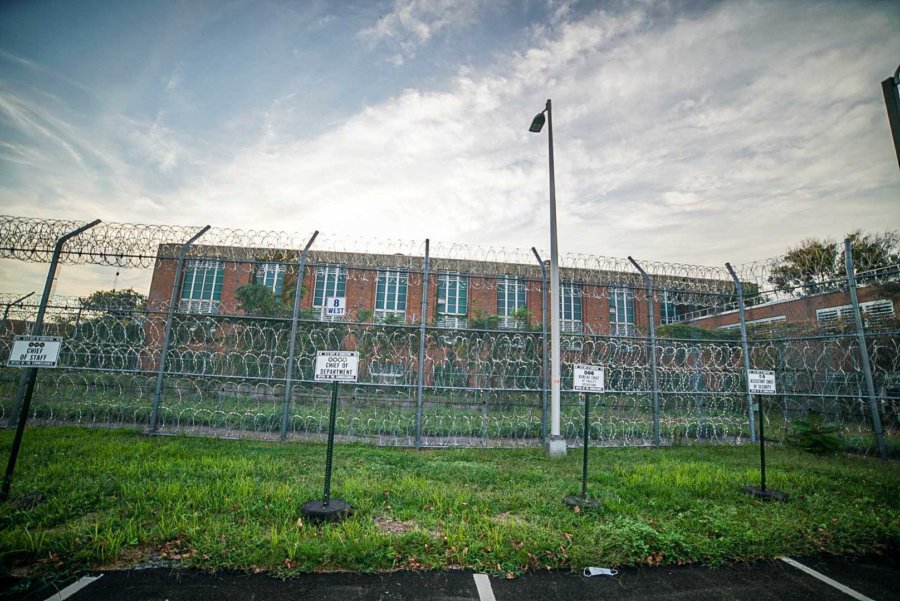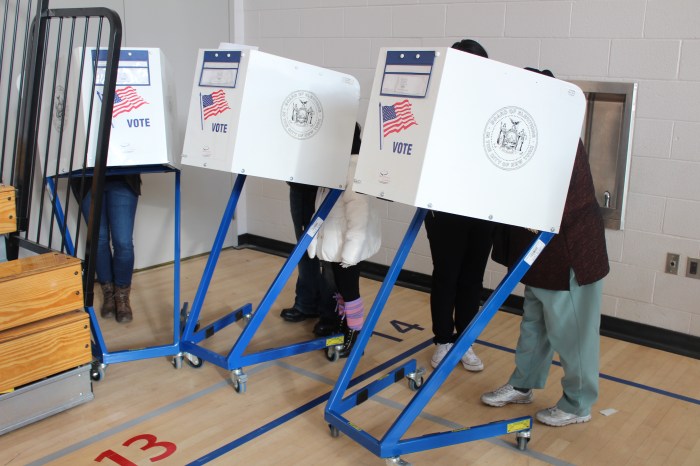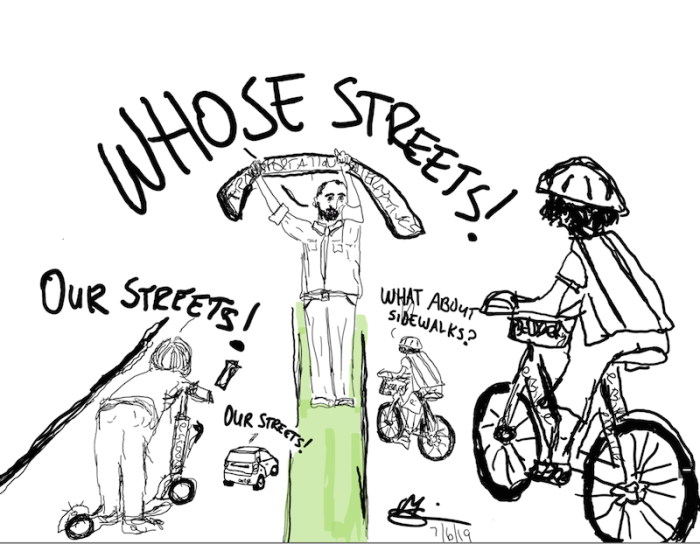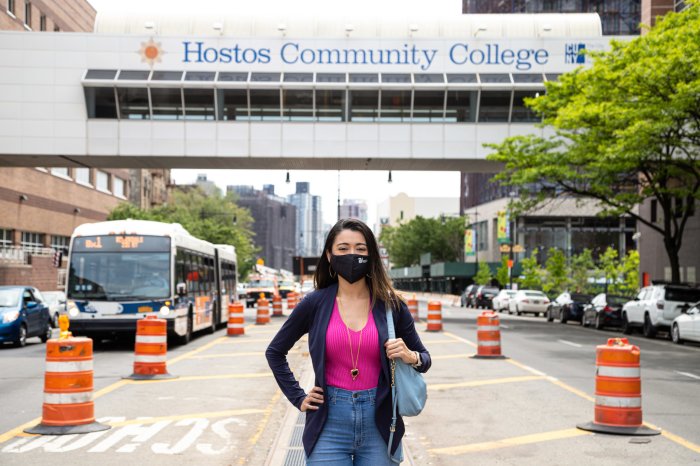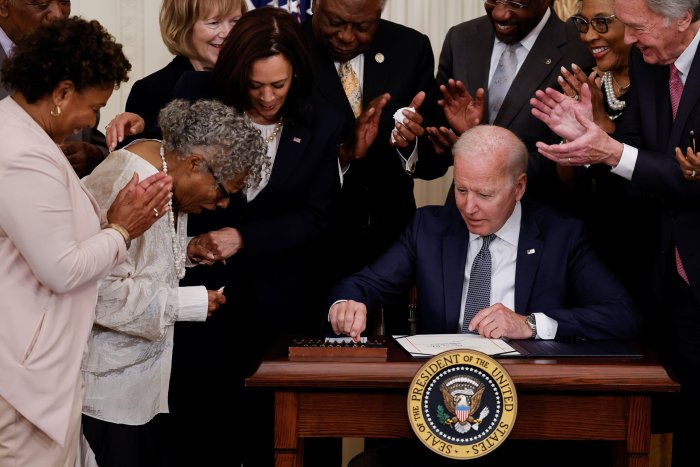The recent rise in gun violence has left New Yorkers searching for answers on public safety. The safety of each and every New Yorker is paramount, and the recent incidents of violence are both horrific and deeply concerning. It’s clear we must move quickly to put an end to the uptick in violence that is happening all across the country. Thankfully, a number of evidence-based strategies are being suggested to address the problem. On the other hand, some strategies are being built on unfounded theories about the 2019 bail reform law, incorrectly connecting this policy to the spike in crime. These claims are completely unsubstantiated and simply not true.
One fact remains clear – there is no direct link between bail reform and the recent crime spike. Over the last two years, opponents of the bail law have used it to distract lawmakers from addressing the real and often difficult solutions that will have an impact on public safety – reigning in illegal guns and strengthening social services like housing, mental health care, education, and youth job programs. Leaping on reactionary measures with no evidence base will only make us all less safe in the long run.
Let’s remember why bail reform was passed in the first place. Every year, tens of thousands of low-income, largely Black and Brown New Yorkers were held in dangerous facilities like Rikers Island. They were caged simply because they could not afford their own freedom. Kalief Browder and Layleen Polanco are two of the many people who fell victim to this system, and are among the primary reasons lawmakers passed these reforms. Rolling back these reforms will create more victims, exacerbate racial disparities in the criminal justice system, and do nothing to advance our collective public safety.
In 2019, the New York State Legislature led the nation and passed bail reform to uplift pretrial freedom and protect the core tenet of our justice system: that people are innocent until proven guilty. Today, the law is operating just as intended. Mothers and fathers are awaiting their trial at home with their families. Young people are going to school or work rather than languishing in jail. Contrary to what law enforcement officials and certain elected officials are saying, these reforms are keeping New Yorkers safe and out of dangerous jails. Just look at the data.
Over 99% of cases involving a person who was released pretrial in New York City did not lead to a rearrest for a violent felony in any given month. The rate of rearrest for violent felonies in New York City has not changed since reforms were enacted.
Statewide, of the cases involving someone released pretrial without bail for crimes specifically impacted by bail reform, 98% did not lead to rearrests for a violent felony offense. Even data directly from the NYPD debunked its own repeatedly recycled claim that bail reform led to a spike in gun violence. The data speaks for itself — there is no evidence linking bail reform to any spike in crime.
For decades, New York demonstrated the possibility to both reduce crime and incarceration at the same time. New York saw the most crime when it had some of its highest incarceration rates. Lawmakers recognized this problem and managed to simultaneously safely reduce our incarceration rate and decrease crime overall. New York achieved this win-win long before other states, and we did so by choosing fact-based policies over fear-based politics.
We cannot incarcerate ourselves out of this moment. Combating these real public safety concerns does not mean reverting to regressive bail policies that are proven to be ineffective and criminalize poverty. Instead, it calls for investments in the things shown to improve public safety – mental health care, housing, schools, economic opportunity, community violence prevention – many of which Mayor Eric Adams, Governor Hochul, and lawmakers across the state support. Safety and justice can exist hand in hand, but this will require us separating fact from fiction and supporting long-term solutions to create a safer New York for all.

